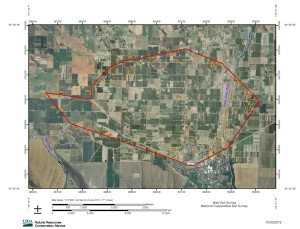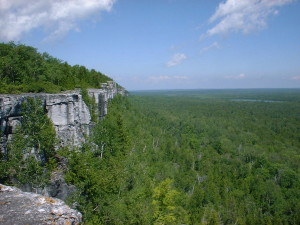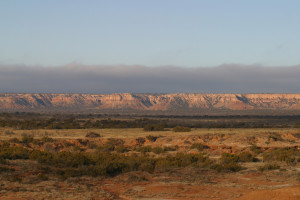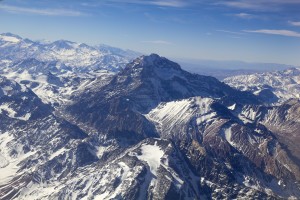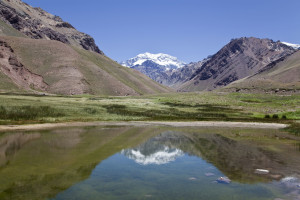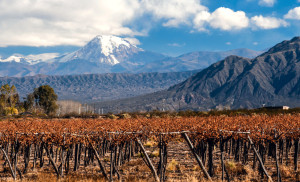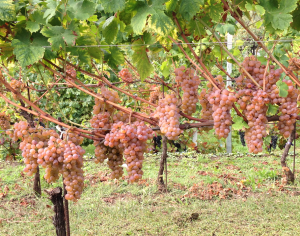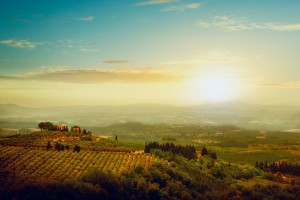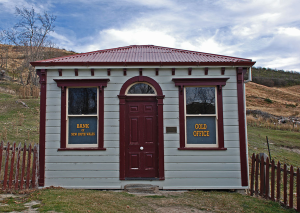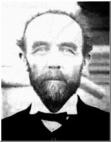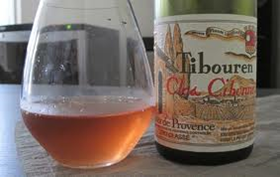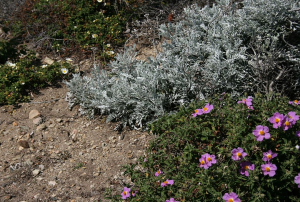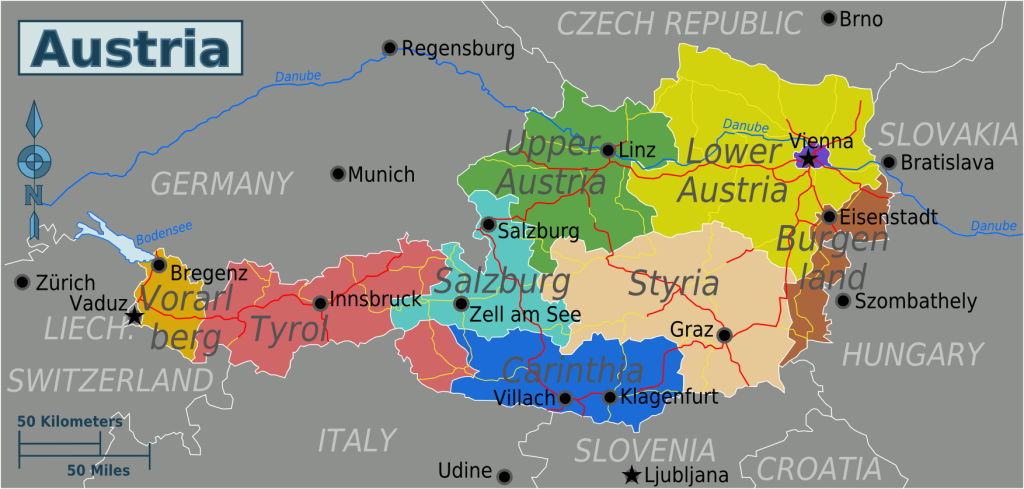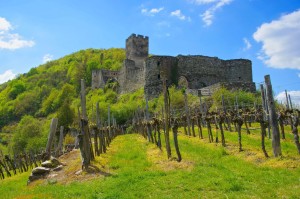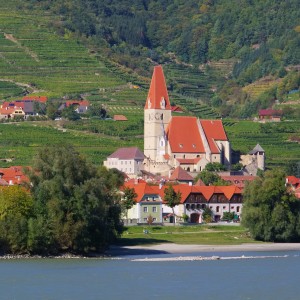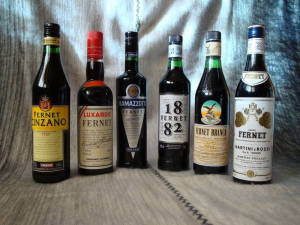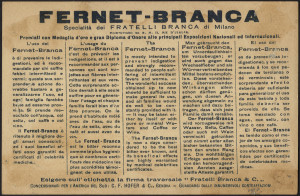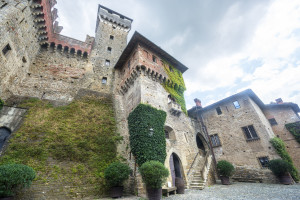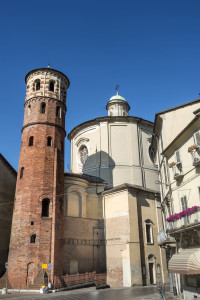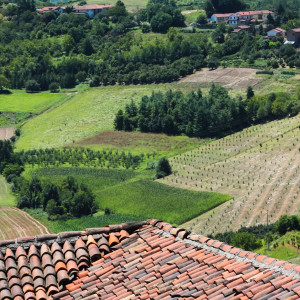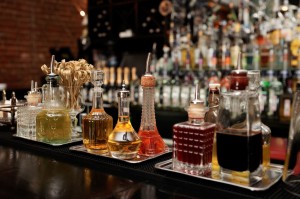 Cocktail bitters reside in a class by themselves. Essentially, cocktail bitters are aromatics and flavoring extracts that have been macerated in neutral spirits. Cocktail bitters are so intensely concentrated as not to be considered potable on their own—or, as the official phrasing has it, “Not for singular consumption.”
Cocktail bitters reside in a class by themselves. Essentially, cocktail bitters are aromatics and flavoring extracts that have been macerated in neutral spirits. Cocktail bitters are so intensely concentrated as not to be considered potable on their own—or, as the official phrasing has it, “Not for singular consumption.”
Most cocktail bitters are botanicals in a neutral spirit base, although, while uncommon, it is possible to produce bitters with a glycerin base. In the United States, cocktail bitters are considered “food extracts” and are therefore regulated by the Food and Drug Administration rather than by the Alcohol and Tobacco Trade and Tax Bureau (TTB) or other alcohol-regulating agencies. Thus, they have wider distribution than wines and spirits, including in most food and grocery stores.
Cocktail bitters began, much like many other spirit groups, as medicinal and restorative tonics created by infusing botanicals in alcohol in order to extract their (presumed or actual) health benefits. One of the most prevalent forms of bittering agents used was Peruvian cinchona bark, also called quinine, which became popular as part of the potions used to treat malaria and tropical fevers. Other common bittering botanicals were used as well, and many are still in use today, such as caffeine, hops, gentian, and burdock root, as well as many other forms of herbs, roots, leaves, barks, and spices.
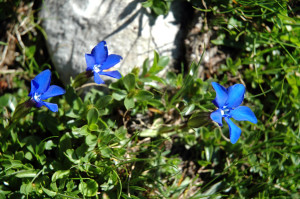
Flowering Gentian
Some of these medicinal elixirs were favored as refreshing beverages, while others remained in highly concentrated form as tonics. In many cases, the tonics came to be used to flavor other beverages, as in the gin and tonic, pink gins, and other such drinks, where a dash of bittering agents was called for to liven the drink. Bitters were so much a part of beverage culture that the earliest definition of a cocktail included a bittering agent. To be exact, the definition, formulated in 1806, listed “spirits of any kind, sugar, water, and bitter.”
Outside of FDA regulations regarding use of certain approved foodstuffs, there is no limit or regulation on what may constitute a recipe for cocktail bitters; thus, much is left up to the discretion and whim of the creator. Cocktail bitters have found a new popularity, and there are many unique, creative products on the market today. Two of the most “classic” brands are Angostura Bitters and Peychaud’s Bitters:
Angostura Bitters: The most well-known of the cocktail bitters began with the House of Angostura. Angostura Bitters were created as a medical concoction in 1824 by Dr. Johann Siegert, a doctor in Simón Bolivar’s Venezuelan army. It was named after the town of Angostura (later, Ciudad Bolivar), although, oddly enough, the recipe did not contain the local angostura bark as an ingredient, even though other bitters did. The House of Angostura later relocated to Port of Spain
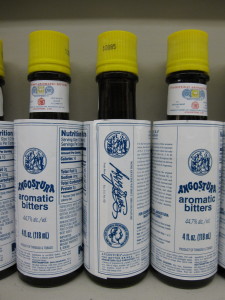
Photo of “Angostura bitters 003″ by Gryffindor
in Trinidad, where it resides today. The company also owns and operates rum distilleries on the island, both for the Angostura brand and by general contract for several others. Readily recognizable with its bright yellow cap and oversize paper label, Angostura is easily the world’s dominant brand of bitters.
Peychaud’s Bitters: Peychaud’s Bitters were invented by the Haitian Creole Antoine Amédée
Peychaud in his apothecary shop in New Orleans, circa 1830. The concoction was originally designed to go in his powerful spirit libations said to be served in dainty eggcups known by the French term coquetiers (a possible explanation for the origin of our term “cocktail”). This is a savory, exotic style of bitters with highly lifted aromatics. Peychaud’s Bitters are an integral part of the original recipe for the Sazerac cocktail.
As a pleasant side effect of the current cocktail renaissance, the bitters market is exploding with
artisan and local versions of cocktail bitters, with more entering the market each day. Fee Brothers, Regan’s #6 Orange Bitters, Bittermen’s, the Bitter Truth, Bittercube, Basement Bitters, and Bar Keep Bitters are among the many artisan-produced bitters available today. A plethora of flavors are also being produced; one can find bitters based on fennel, lavender, grapefruit, rhubarb, dandelion, molé, pineapple, apple, curry, and Jamaican jerk seasoning.
The creativity for bitters, it seems, knows no bounds.
Cocktail bitters, bittered spirits, vermouth, quinquinas, and Americanos are all topics that receive new and expanded coverage in our 2015 edition of the Certified Specialist of Spirits Study Guide…due out by January!
Click here to return to the SWE Homepage.
